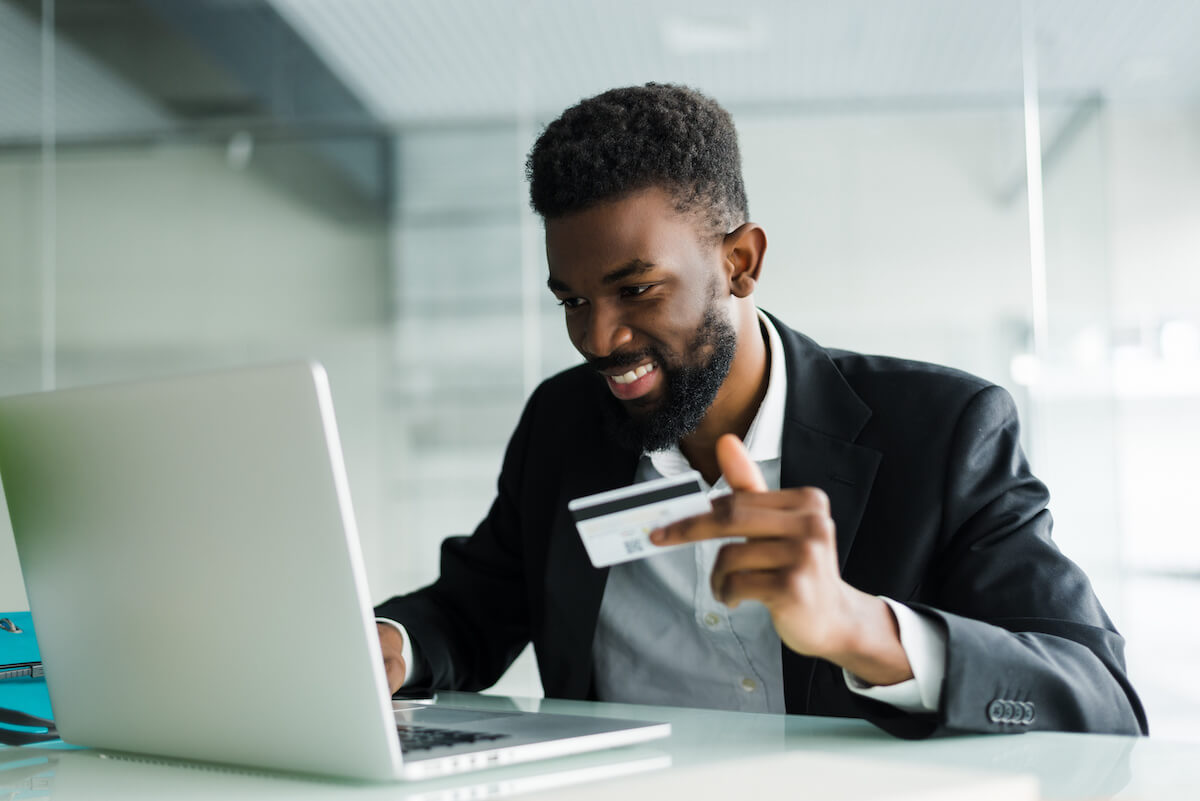Apr 7, 2023
B2B Sales Funnel: How to Convert Leads Through 5 Key Stages
Once potential customers enter the B2B sales funnel, nurture leads until they're ready to buy. Remember: The sales process doesn't end once you close a sale.

B2B customers are different from the average consumer. They spend more time weighing their options and finding the ideal solutions for their teams. As a result, most B2B sales funnels are longer and more complex than B2C ones. Once potential customers enter the sales funnel, B2B sales teams must focus on nurturing leads until they're ready to buy — and the sales process doesn't end once you close a sale.
We'll guide you through all five stages of a classic B2B sales funnel, so you can build one that works for your company.
B2B Sales Funnel: 5 Key Stages
Sales funnel stages can vary between different companies. For example, many SaaS sales funnel models only use four stages. However, the five stages we provide in this section are a great starting point for most B2B companies. As you build your funnel, you can adjust your stages — and what happens within each — based on your understanding of your customers.
We'll offer insights on each part of a standard B2B sales funnel, including how to improve your conversion rates throughout the buyer's journey.
1. Awareness
At the top of the funnel for B2B businesses is the awareness stage, in which shoppers first learn about your brand. Here, your sales reps must focus on building traffic from your ideal customers in hopes of capturing phone numbers, email addresses, or other contact information.
To win more leads, first focus on determining who your target audience is. Looking at your existing customer base can help you learn who your best buyers are. Whether they're businesses or individuals, figure out their professional needs, pain points, and motivations.
Then, start creating inbound marketing content that can offer value to your audience. For example, you can produce downloadable white papers or webinars about your industry or create social media ads that target your ideal buyers. Your B2B marketing content doesn't have to be personalized for each lead at this point. It simply needs to attract high-quality audience members and encourage them to sign up for emails, texts, or even a free trial.
Lead generation occurs at the end of this stage. By the time your potential customers enter the next stage of the B2B sales funnel, you'll have contact information that allows you to follow up with interested professionals. However, your leads are still fairly low-value at this point. They're not committed to your brand, and they're likely still shopping around.
2. Interest

B2B companies can start the lead nurturing process when they reach the interest stage of the funnel. When potential buyers enter this stage, they start learning more about your products or services. To maximize conversions, you must build trust.
Many businesses use a drip email marketing strategy to educate B2B buyers about what their companies have to offer. This approach allows you to send high-value content directly to your leads' inboxes. With each email, you can introduce a new feature of your products or services or drive clients to relevant blog content that shows off your expertise.
Using a sales CRM allows you to automatically score leads based on the likelihood that they'll buy from your company at this stage. Lead scoring allows you to prioritize the warmest leads before you move into the next stage, which requires your sales team to spend one-on-one time with potential clients.
By the end of this stage, you should have qualified leads who are highly interested in purchasing from your company. Whether they've set up a meeting with a sales rep or they've simply resolved to reach out to your team, your leads should be committed to meeting with one of your sales reps at the end of this stage.
3. Evaluation
During the evaluation stage of the B2B sales funnel, your prospects are looking for a clear understanding of how your product/service can fit their unique needs. They already trust your brand and are familiar with what you offer, but they need confidence in your ability to resolve their pain points before they make a buying decision.
To make this highly personalized communication possible, most sales teams meet with clients one-on-one. A live video chat tool like ServiceBell — which allows clients to ring up your sales reps for a video call at any time, straight from your site — can make this meeting as convenient as possible for your potential buyers.
During this sales meeting, you can offer a consultation or do a live product demo. Give your clients the opportunity to ask questions and express concerns, so you can demonstrate how you can meet their needs.
The end of this stage is when leads become likely buyers. Make sure your leads include key decision-makers in your first meeting if they don't have a strong influence on the final purchase decision themselves. This way, you can persuade the exact right people instead of having an employee forward your sales pitch.
4. Purchase

The purchase stage is where your prospects finalize their decision-making. They're in the final stretch of the customer journey, but they still might need several more one-on-one touch points before they give you a firm "yes."
As you chat more with potential buyers, keep in mind that your leads already know what your product or service can do. Focus on messaging that re-confirms your ability to meet their needs as well as the results they might see after working with your company (refer to case studies and stats if needed). Make sure you uncover and alleviate any remaining concerns and get a clear go-ahead before proceeding. This way, you won't send over paperwork prematurely.
Leads complete this stage of the B2B sales funnel by becoming customers. They may submit a purchase order, sign a contract, or enter their credit card information to approve a sale.
5. Loyalty
Most B2B sales cycles last at least four months. Once you gain a new customer, you don't want them leaving after their first month. B2B salespeople need to continue nurturing their customer relationships to improve their retention rates.
To improve loyalty and customer satisfaction, you can offer resources like product walkthroughs or help centers, which can help clients get more value from their purchase. Your salespeople or dedicated account managers can also reach out directly to customers to see if they have any questions or feedback.
At the end of the buying process, customers should be active users who love your product or service and are enthusiastic about your brand. Loyal customers will stick with your company for much longer and are often willing to provide referrals or testimonials if you ask.
Build a B2B Sales Funnel That Converts New Customers
The B2B sales funnel is more complex than a standard B2C funnel, but with the right tactics, you can move your leads through it with ease. At the top of the funnel, focus on getting to know your customers and reaching them with digital marketing. As you move into the evaluation and purchase stages, personalize your interactions to your leads by meeting one-on-one. Once a purchase is finalized, help your B2B customers fall in love with your product or service and stick with your brand for longer.
Start your free trial of ServiceBell to make your personalized calls more convenient for prospects around the world.